Sacramental Image of the Bishop (by Father John Baldovin, S.J.)
The bishop is a primary image of the praying Church gathered to worship its Lord. . .
One of the fruits of the theology leading up to, enshrined in, and inspired by the Second Vatican Council has been a renewed appreciation of the role of the bishop in the Church, a role whose sacramentality is now assured. It is important here to be clear about what constitutes the sacramentality of orders. While in baptism, confirmation, the Eucharist, penance, and anointing, sacramentality is constituted by liturgical celebration, in the case of marriage and orders it is human beings themselves who become sacraments. Though weddings and ordinations are the public recognition and empowerment of this sacramentality, of themselves as liturgical celebrations they do not constitute it. Each of these two latter sacraments, therefore, is a manifestation of the self-sacrifice of the paschal love of Christ in the living witnesses of those who have received these sacraments. In fact, it is better to speak to people living these sacraments than receiving them. . .
If the bishop is to be a sacrament (i.e., a symbolic mediator of God's self-gift in Christ to the world), then he must be so in all the aspects of his life. Because of his symbolic position as the head of the local Church, he does this in a heightened way in those situations in which the Church is most focused--in which the Church enacts itself by its imitation of the paschal mystery. This is true of all sacramental celebration but is true in a most important manner in baptism and the Eucharist. What is most important, then, about the role of bishop as a liturgist is the quality of his personal presentation as witness to the paschal mystery.



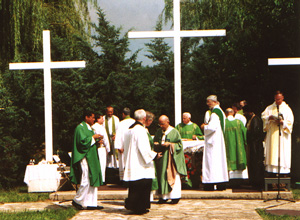
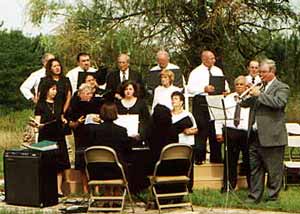
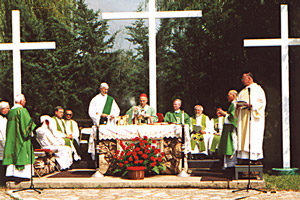
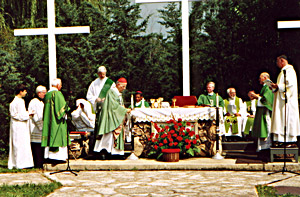
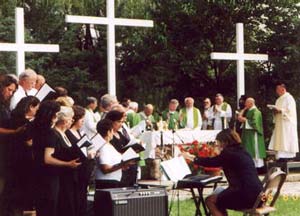
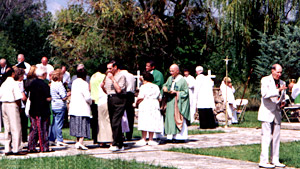
 top
top